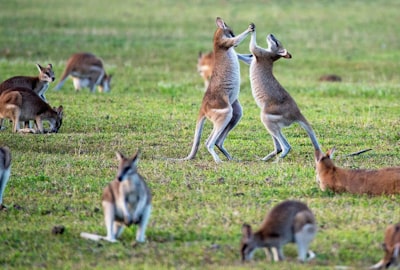The topography is dominated by the American Cordillera, a long chain of mountains that runs the length of the west coast. Since the Americas extend 14,000 km from north to south, the climate and ecology vary widely, from the arctic tundra of Northern Canada, Greenland, and Alaska, to the tropical rain forests in Central America and South America.
The subsequent migration of the Inuit into the neoarctic around 3500 BCE completed what is generally regarded as the settlement by the indigenous peoples of the Americas.
The first known European settlement in the Americas was by the Norse explorer Leif Erikson. However, the colonization never became permanent and was later abandoned. The Spanish voyages of Christopher Columbus from 1492 to 1502 resulted in permanent contact with European powers, which led to the Columbian exchange and inaugurated a period of exploration, conquest, and colonization whose effects and consequences persist to the present.
Diseases introduced from Europe and West Africa devastated the indigenous peoples, and the European powers colonized the Americas. Mass emigration from Europe, including large numbers of indentured servants, and importation of African slaves largely replaced the indigenous peoples.
Decolonization of the Americas began with the American Revolution in the 1770s and largely ended with the SpanishAmerican War in the late 1890s.







